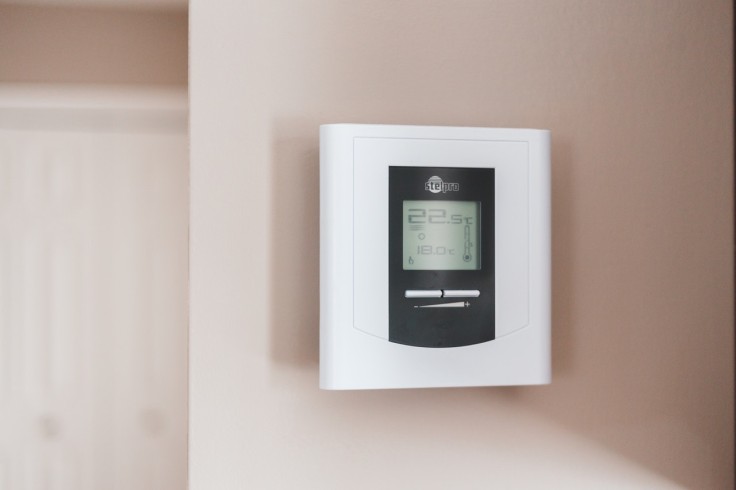
In order to keep your house and office comfortable, a thermostat is essential. It is crucial for helping your HVAC (Heating, Ventilation, and Air Conditioning) system maintain the ideal temperature.
The installation process is extremely important since the thermostat's ability to record the most precise temperature readings determines how efficiently the entire system operates. Therefore, installing your thermostat incorrectly can result in inaccurate readings of the temperature indoors.
Despite your best efforts, it could be challenging to maintain a comfortable temperature in your house. You might find your energy costs are continually rising for no apparent reason.
Anderson Air and Debordinc listed the best and worst places to install your thermostat, which we have compiled below. Remember, check where your thermostat is located, nevertheless, before calling your technician. You may be shocked to learn that is the issue.
What Are the Best Places to Install a Thermostat?
Interior Wall
A thermostat should be installed on an interior wall since it is not impacted by hot or fluctuating cold temperatures. Placing your thermostat there has the added benefit of showing the average temperature of your home.
Room You Use on a Regular Basis
Your commonly used space should be as cozy and inviting as possible. As a result, it is the best place for your thermostat installation.
The Central Area of Your House
A thermostat's primary function is to gauge your home's typical temperature. Therefore, you should put it in the center of your house.
The First Floor of a Structure With Two Stories
Warmth increases when a floor rises higher. The sensor might detect that the entire house is warm if you install your thermostat upstairs. However, that may not be the case.
You Should Avoid Placing Your Thermostat to These Places
Close to Doors and Windows
Your thermostat will give an inaccurate reading of the temperature if there are any drafts or direct sunlight coming in through the window. Another issue to getting an accurate temperature reading is the cold air that comes through the door's gaps and cracks.
Exterior Walls
Radiant heating may have an impact on readings on exterior walls.
Hallway
A hallway is a narrow area with little or no air circulation. Your reading will alter if you place your thermostat in this location. Additionally, since it is typically unoccupied, no one spends much time in the hallway.
In a Hot Kitchen
This is not an ideal location for your thermostat installation because of the heat produced during cooking activities.
Near Furniture
Furniture obstructs airflow. Don't put any furniture in front of or below the thermostat.
Near to Plumbing Pipes or Supply Ducts
The walls around the pipes are often cooled or heated by any water or air travelling through them. The temperatures vary as a result of this.
Near Vents
The results of your readings are altered when the thermostat comes into contact with cold or hot air inside the vents. You will receive erroneous readings from your thermostat if you position it close to or above a vent.
Place With Direct Sunlight
Direct sunlight will affect your sensor's data and cause it to falsely indicate that your room is warming up. This error affects the unit's performance and results in energy losses.









